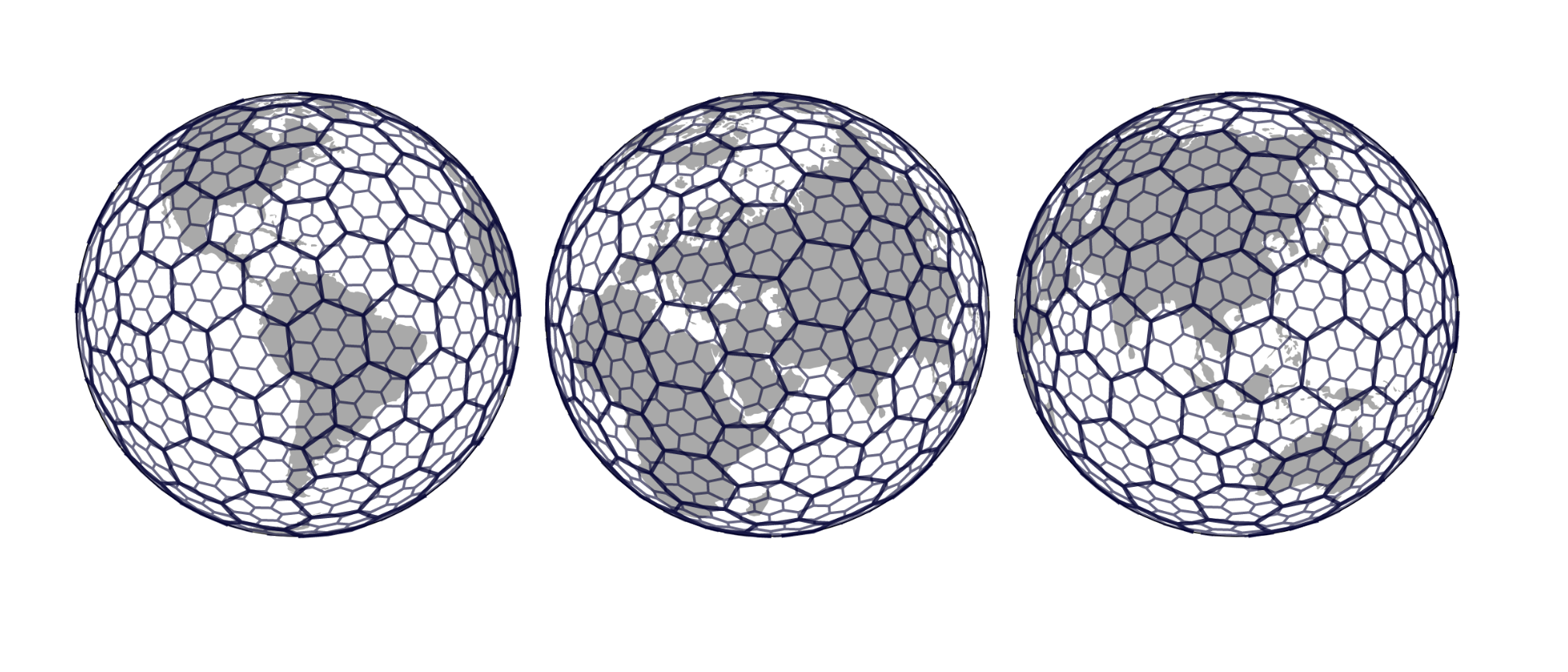
Deriving information and insights from data in the Uber marketplace requires analyzing data across an entire city. Grid systems, which partition geographic areas into identifiable cells and facilitate the exploration of data at a fine granularity, are critical to this effort. When Uber designed a grid system to bucket geospatial events, we looked to the hexagon, a shape that enabled us to minimize quantization error and easily approximate radiuses.
In 2018, Uber open sourced H3, our hexagonal grid system for visualizing geospatial data, enabling the broad adoption of this powerful and easy-to-use software. In the videos below, members of our engineering and data science teams discuss how to most effectively use H3 for geospatial indexing: Grid systems enable data analysis to abstract the messiness away from large-scale data sets for easy mathematical computations. In this presentation, Nick Rabinowitz discusses common grid operations and outlines how H3 leverages hexagons to easily aggregate and explore geospatial data from the Uber platform.
Uber leverages clusters of hexagonal cells to engineer our H3-based geospatial platform. Ankit Mehta explains why we chose hexagonal clusters over other cluster shapes and highlights how our Marketplace Intelligence team is building an efficient and scalable H3-based geospatial data platform to facilitate improved user experiences.
Source: uber.com